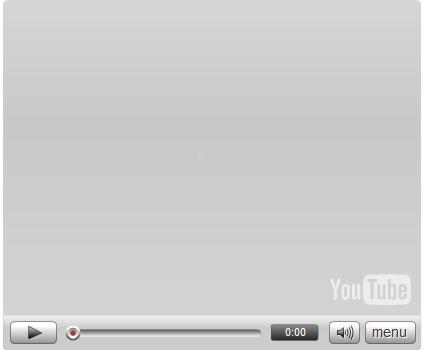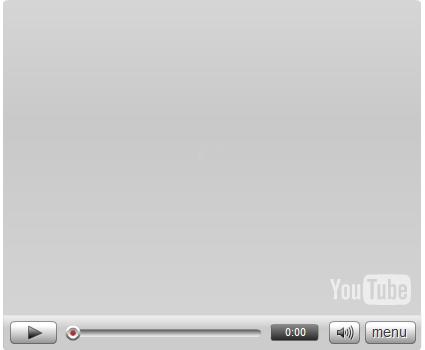This November, digital vinyl as we now know it will turn 10 years old. This setup is pretty simple in theory: instead of music, put encoded timecode on a record, then decode that timecode to provide information about where the record is in relationship to the needle. The idea is basic enough that, patent or no patent, it was inevitable that various developers would pursue the technique (and the very difficult work of implementation). Simulate the effect of scratching or needle dropping on a computer, and you’ve got virtual DJing, as found in products from Serato, Stanton, Native Instruments, Ms. Pinky, and others. 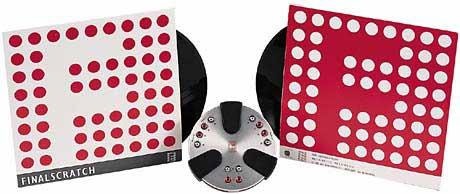
And as of Friday, it seems that the ongoing saga of a dispute over digital vinyl, beginning with the 2006 "divorce" of digital DJ titans Stanton Electronics and Native Instruments, may be over. NI released a statement Friday saying they had not only settled a US civil action patent case over their use of digital vinyl in Traktor Scratch, but had agreed to license the technology from N2IT Holdings, the US patent owners for digital DJing.
Apologies for the cat photo cliche, but … this involves patent law. We’d better have something cute and furry around to get through it.
The conclusion — the two have settled, Traktor Scratch is licensed per-use from N2IT, and N2IT’s patents are valid:
Native Instruments acknowledges the validity of patents held by N2IT, and has now fully licensed their usage worldwide for its TRAKTOR SCRATCH digital DJ system and related products.
The patents held by N2IT relate to general principles of digital music playback using time-code records, which are being utilized in TRAKTOR SCRATCH as well as in other manufacturers’ digital DJ systems with time-code control.
Acknowledging the validity of N2IT’s patents is actually pretty sweeping. You can read N2IT’s primary patent on Google Patent Search. The key words here are that N2IT patented the basic idea of using a turntable with encoded timecode on it for DJing. Theoretically, that could open up other digital DJ products to patent liability — keeping in mind that NI is a special case, because it was a development partner on N2IT’s FinalScratch product and was familiar with the technology.
How We Got Here: A FinalScratch History Timeline
I’m neither a patent lawyer nor a historian of digital DJ technology, so I quickly get out of my depth with the twists and turns this plot has taken. But I can offer at least a basic timeline of what’s happened, which puts today’s digital DJing in some context — albeit a somewhat strange context.
It goes something like this:
1. Revolutionizing Digital DJing — on BeOS (Doh!)
November 19, 1998: N2IT announces FinalScratch — for BeOS. [See Harmony Central, 1998] They even show off a working prototype at the COMDEX computer convention in Vegas. The product is developed with input from Richie Hawtin and John Acquaviva, who become its first users. (Incidentally, that’s why NI made a big deal of Hawtin switching to FinalScratch, and why Hawtin claims to have been on the cutting edge of digital DJing. At least in 1998, he certainly was, though you could argue the point now if you like. The choice of Be seems strange, but recall that under two years earlier, an Apple acquisition of Be Inc. had still seemed possible — until Amelio decided to go with Steve Jobs’ NeXT Inc. instead. And BeOS’ unique audio system gives it exceptionally-reliable, low-latency performance that could put today’s Windows and Mac OS X to shame.
Gustavo Lanzas aka Audioelectronic was there in the early days, as he describes on the Ableton forum:
Final Scratch was developed by a small Amsterdam-based 2-person company called N2IT in 1997-1998. The two creators were active in the rave/club scene, and had experience djing.
I was hired in 1998 [think this actually mean 1999 -Ed.] to go to Vegas and demo the very first system seen in the US at a BeOS event at the Treasure Island Ballroom. Here is a link to an archive of the event:
http://www.beatjapan.org/mirror/www.be.com/events/NAB_party.html
The hardware at the time was a hand-soldered prototype in an open aluminum project enclosure. The software it controlled was the BeOS media player. You could open multiple instances, and control whichever one was in front. Very rough, very primitive, but it worked more or less the same as it did now. There were exactly 2 prototypes, and no one had invested 2 million dollars into the company. Smile
Here’s a link to an early press release (I don’t think the product actually existed as such at this date):
http://news.harmony-central.com/Newp/1998/FinalScratch.html
I had worked with Timothy Self, then audio evangelist for BeOS, prior to this at Opcode Systems, makers of Studio Vision & several top-notch midi interfaces.
It looks to me like N2IT actually did show something at the 1998 COMDEX, because the Be folks gave them award and have a photo.
The Version 1.0 release comes out on a modified version of Debian Linux as well as BeOS. (The 1.0 software doesn’t seem to have been released until 2000.) Among early Linux adopters: Josh Wink.
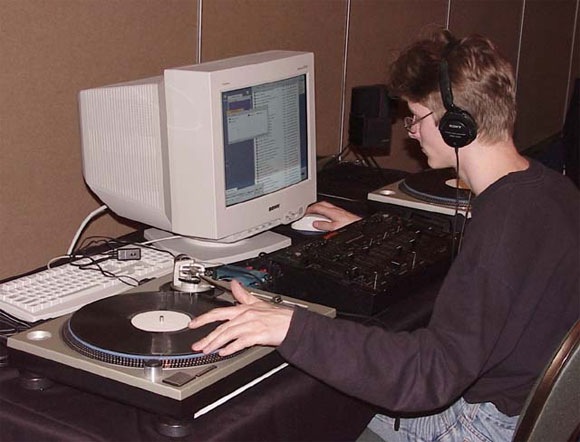
2. N2IT to Stanton
[Date needed]: Stanton Magnetics buys FinalScratch from N2IT. I can’t find a date, which I assume means this wasn’t a publicly-announced acquisition. (And given the fact that the software was primitive and ran on Linux and BeOS, that’s not a huge surprise.) I’m also a bit unclear on the history of N2IT Holdings, though I’m gathering these exist for the purposes of retaining US patent rights.
January 2002: Bearing the Stanton name, the first complete commercial FinalScratch product comes to market at winter NAMM, for BeOS and Linux.

March 2003: Stanton and N2IT release Linux source code to the ScratchAmp driver — but note this only covers the audio interface, which is relatively meaningless; the real value is the timecode on the vinyl.
3. Digital DJing on the Mac, Windows
May 8, 2003: Version 1.1 of FinalScratch began the collaboration between Stanton and N2IT. It’s more like what we now know: Mac compatibility, and (courtesy Native Instruments) more usable DJ software. NI’s Traktor FinalScratch product even included a Linux version, though, for anyone who thinks NI has never done Linux development.
Native Instruments is really the ingredient that takes FinalScratch mainstream. They later port to Windows as well as Mac OS X.
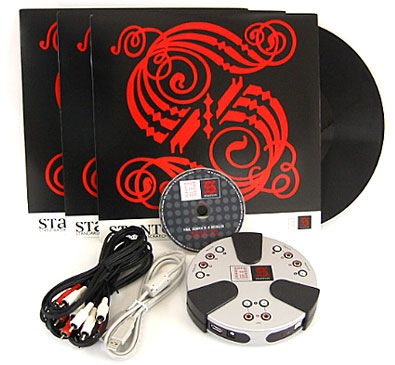
4. Digital DJ Divorce
Late 2006: Native Instruments and Stanton end their relationship. (For some reason, this is listed as late 2005 on Wikipedia, with no reference; the divorce was not formally announced until October 2006, with an effective date of December 31, 2006.)
One stipulation of this separation is that Stanton releases a legal statement requiring NI to remove compatibility with FinalScratch timecode from its Traktor software line.
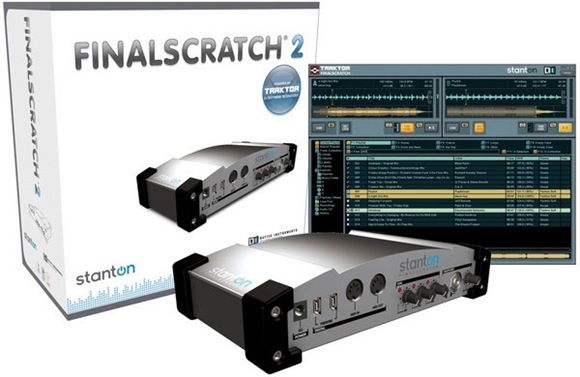
5. Traktor Scratch, Legal Disputes
Early 2007: The NI / Stanton divorce turns ugly. First, NI releases a competing product, Traktor Scratch. Stanton now lacks the important software capable of doing anything with timecode input, so they can only position the audio hardware — arguably the least important part of the equation — now called Final Scratch Open. Stanton also attacks NI, blaming them for compatibility problems between NI-developed FinalScratch software and Intel Macs. NI fires back that Stanton didn’t give NI enough time to complete updates to the FinalScratch software, while tying NI’s hands on updating Traktor via legal action.

June 16, 2007: N2IT files a claim against NI to try to get Traktor Scratch off the market, claiming NI’s familiarity with the underlying timecode technology.
This also illustrates why N2IT’s patent dispute with NI might not apply to other digital timecode products. From N2IT Holdings’ US legal representative, Bingham McCutchen:
In anticipation of working with Stanton Magnetics and Native Instruments to develop a new version of their product that would operate on Windows, N2IT claims it provided confidential information about its technology, and trained Native Investment employees on how their product worked. Last month, according to Billboard Magazine, Native Instruments released Traktor Scratch, which N2IT claims is similar to Final Scratch and uses its patented technology.
Now: By settling with N2IT and licensing the technology, NI effectively ends the Final Scratch chapter of history — at least to the extent that the FinalScratch / Stanton / Traktor / Traktor Scratch line appears to have passed (legally, now) to Traktor Scratch. Stanton is out of the business, left only with an audio interface. But, of course, with competing vinyl timecode systems, NI’s Traktor Scratch is also no longer the only game in town. And there’s nothing preventing N2IT from pursuing legal action with the competitive products, particularly now that they have legal precedent with the NI settlement. We’ll see.
How RZA "Invented" Digital DJing: The Legendary of Replicator
Of course, then there’s the bizarre footnote to this story — if it’s anything other than a random interview rant. In late 2007, RZA from Wu Tang Clan claimed in an interview with KotoriMag.com claimed that he had invented the digital vinyl technology used in Final Scratch on an Atari the year before N2IT — using technology from NASA, and millions of his own money. (Oddly, he also claims that music tech in general has come from space tech. I always suspected Cubase was powered by Tang… erm, the NASA-tested powdered beverage, I mean. Unless that’s how Wu Tang Clan got its name…)
There’s only one little problem: there’s no actual evidence of any of this. That, and the timeframe RZA describes is concurrent with, not prior to, N2IT’s development. So I have no idea what he’s talking about.
Here’s the take from illdoctrine.com, via a ProHipHop.com post of late last year:
And the complete interview:
So, is NI settling with RZA next?
I doubt it. But a RZA Edition Traktor Scratch — perhaps with a big Space Shuttle emblem — now that’d be cool.
References:
Final Scratch history [Thread on FinalScratch Forum]
Updating the timeline:
If anyone has details to fill in, please let us know in comments.

